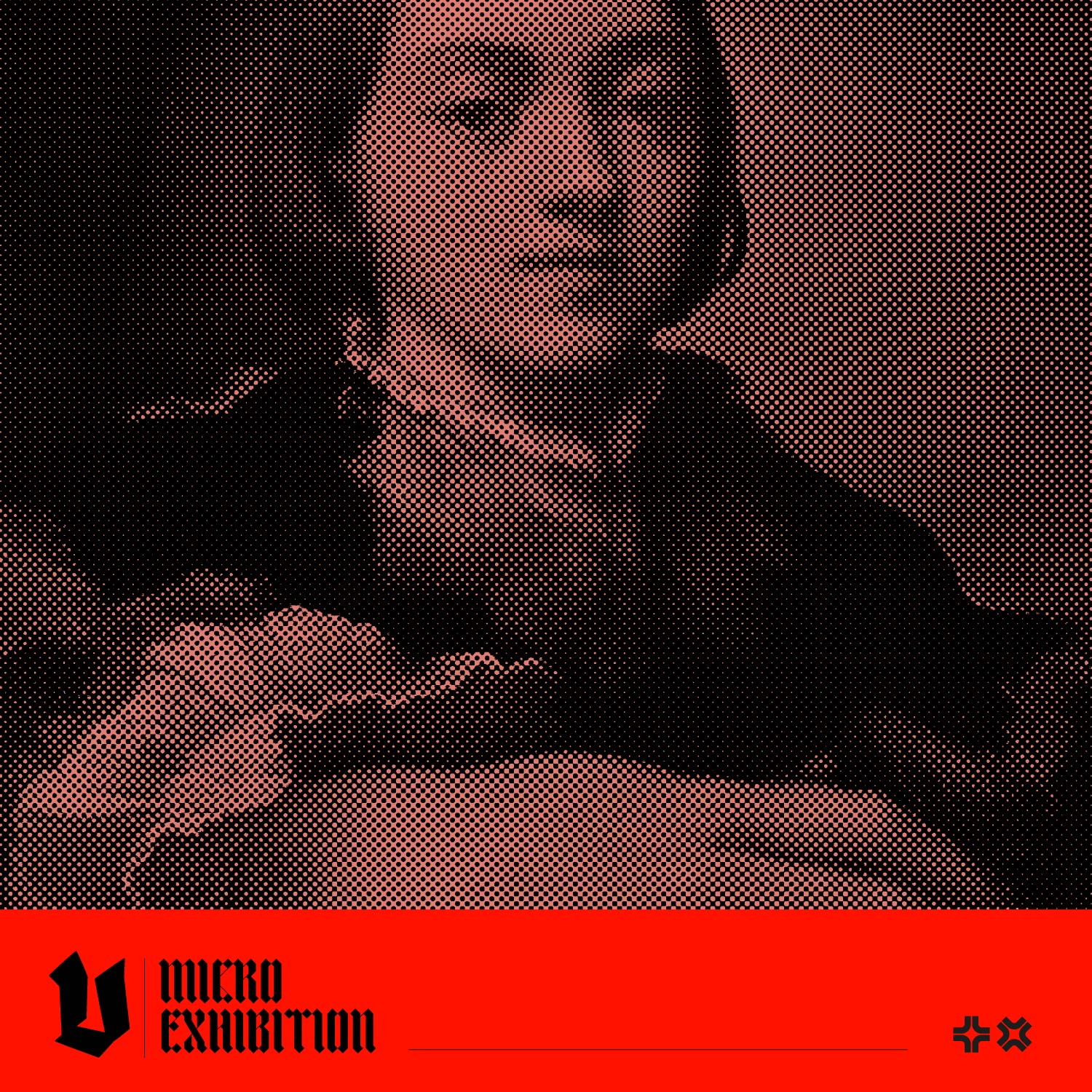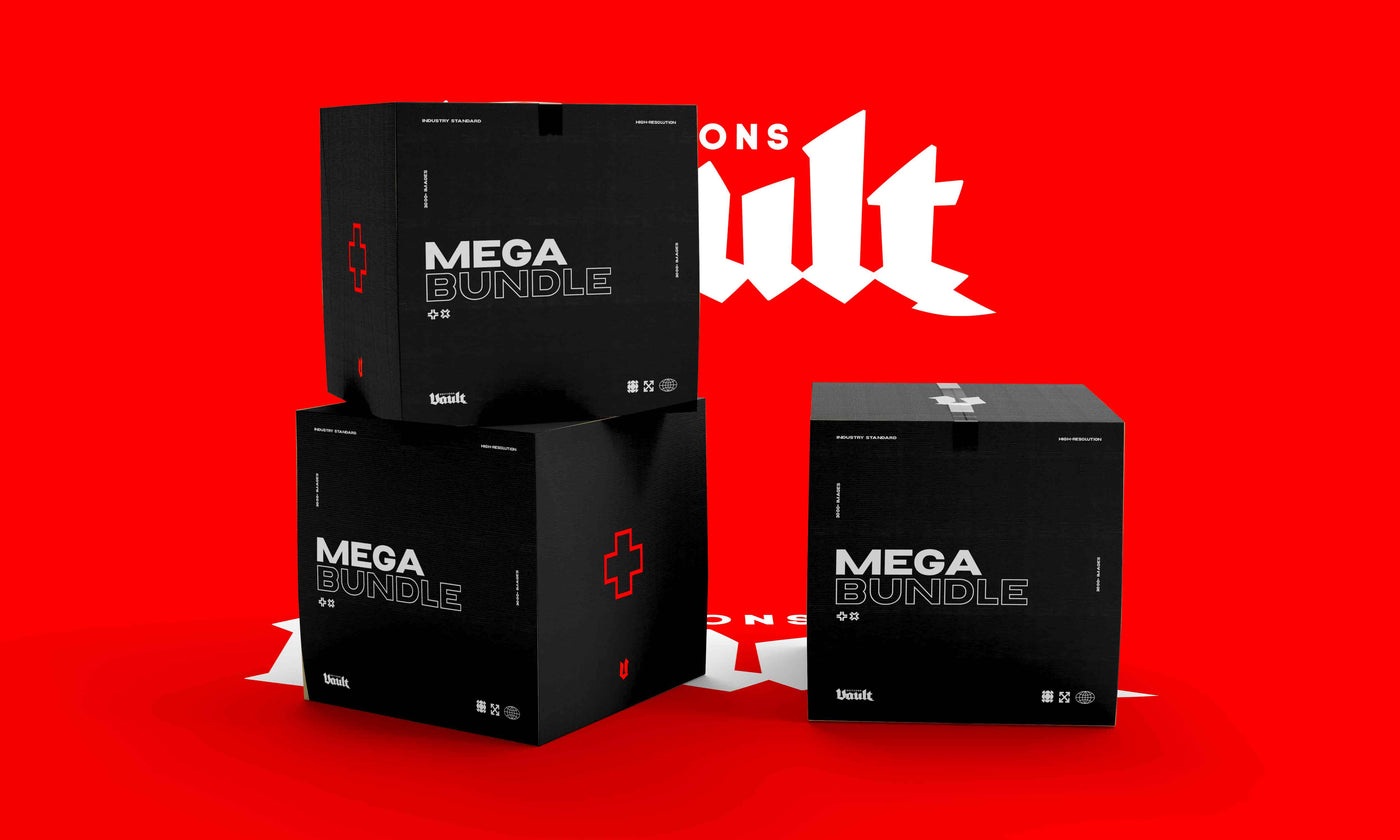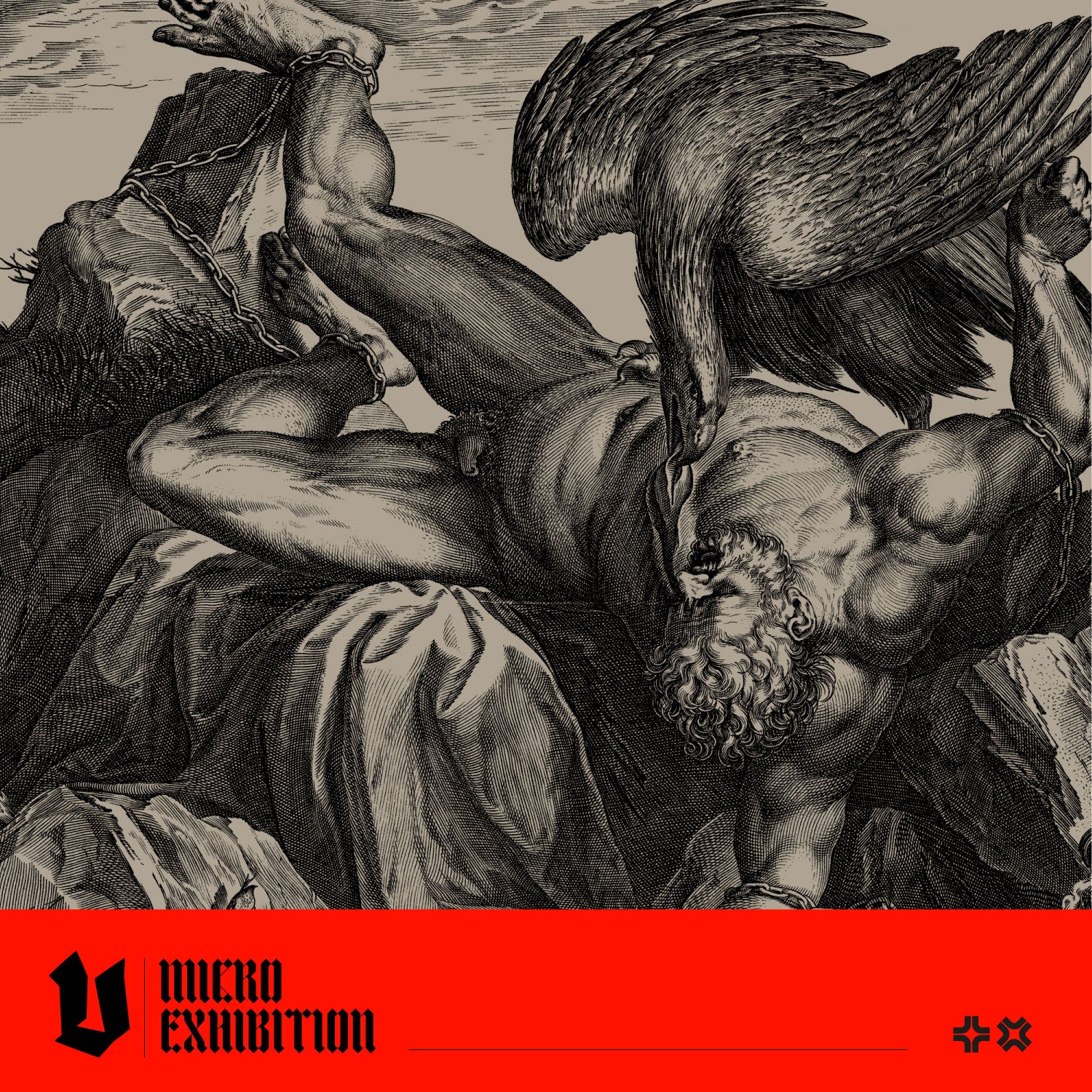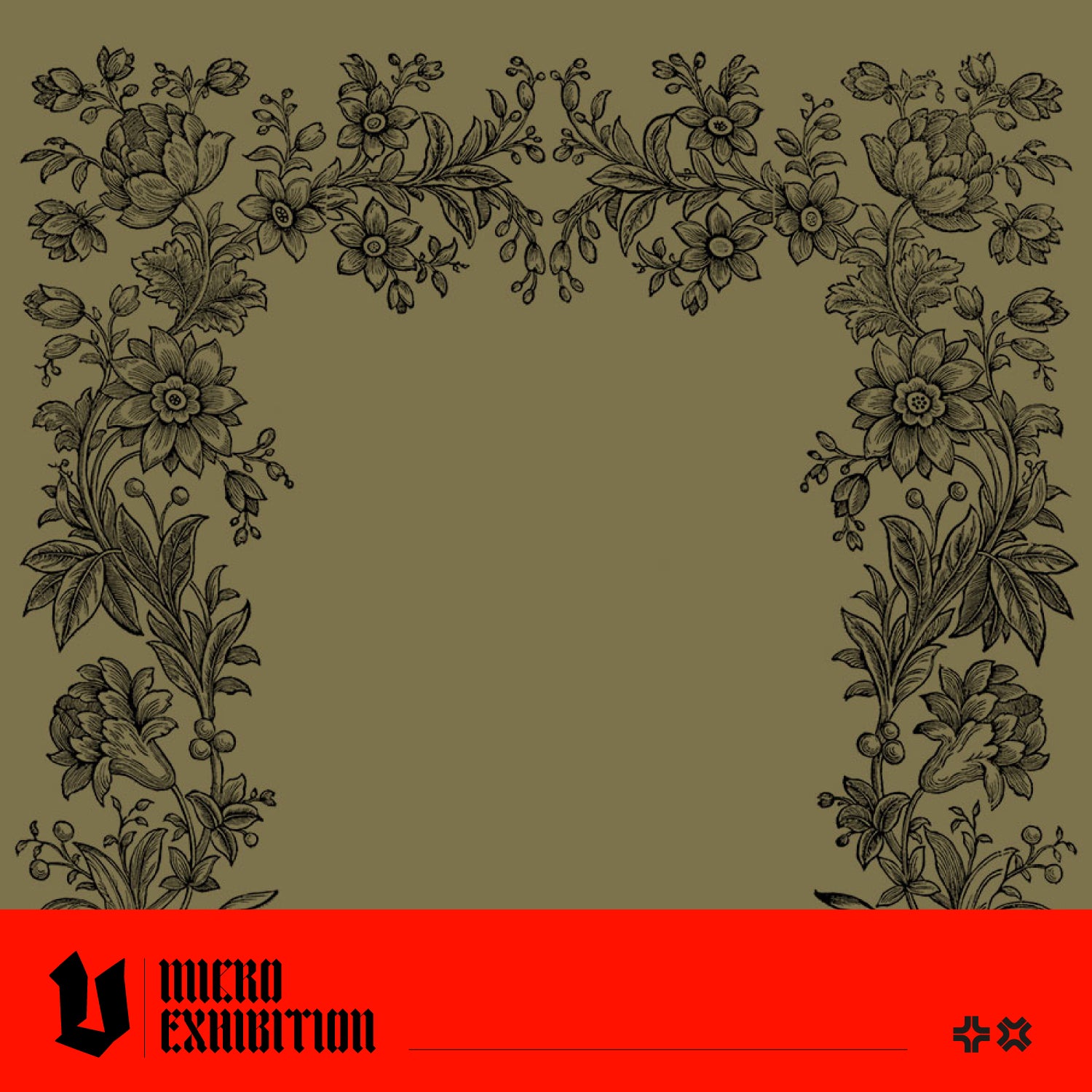Artists use perspective as a powerful visual tool to create the illusion of three-dimensional space on a flat surface. This technique helps to make artwork appear more realistic, dynamic, and engaging. In this blog post, we shall discuss the different types of perspectives and study examples of their use in art. We hope this article inspires you to incorporate these techniques into your artistic creations - read on to learn more!
What is the Concept of Perspective in Art?
Perspective in art refers to the technique of representing the spatial relationships between objects and their surroundings. It helps artists depict accurate proportions, depths, and positions of different elements within a composition, conveying a sense of depth and dimensionality. Through perspective, artists can create dynamic and visually intriguing pieces, transporting viewers into their artwork.
What Are Some Examples of Perspective?
What is Linear Perspective?
Linear perspective refers to the optical illusion that occurs when parallel lines appear to join as they move away from an observer. This is known as the vanishing point and is generally located at eye level or the horizon point. It can create a sense of distance, scale, and proportion in a composition. Artists have used this technique for centuries to create a sense of depth and guide the viewer's eye towards the image's focal point. The use of linear perspective was a vital element of the Renaissance art movement, with artists such as Leonardo da Vinci and Michelangelo employing it in their masterpiece works, such as Leonardo da Vinci's 'The Last Supper,' (check our blog post here for some info about the fascinating symbolism in this piece!) This painting is an excellent example of how linear perspective allows artists to create a sense of depth and scale, making the scene appear more realistic and immersive.
Interested in incorporating this into your creative practice? We like to consider this special rule, courtesy of the National Gallery in London ''Everything that's higher than you goes down to the vanishing point, and everything that's lower than you goes up to the vanishing point.''

|
What is Curvilinear Perspective?
The curvilinear perspective is also known as the five-point perspective or fish-eye perspective. This technique requires the artist to visualise five vanishing points to create a grid superimposed over their subject matter. This grid is used to guide straight lines towards those points, creating an image similar to how our eyes naturally perceive 3D objects. Want to try this technique out? Check out a useful how-to guide on Creative Bloq
You can see an example of curvilinear perspective in the painting, Self-portrait in a Convex Mirror, a fascinating piece created by the Italian Mannerist artist Parmigianino. The picture uniquely represents the artist's image depicted in a convex mirror, which produces a distorted sense of perspective. Parmigianino's face appears small, while his elongated neck and fingers create a sense of grace and elegance. The attention to detail in the painting is remarkable, as Parmigianino meticulously paints the intricate details of his costume, headwear, and hair texture. The painting's combination of realism and idealism creates an ethereal and dreamlike quality.
 |
What is the Impossible Perspective?
'Impossible Perspective' refers to a technique in which objects appear constructed in impossible configurations, creating visual illusions that challenge the viewer's perception and understanding of space and reality.
Maurits Cornelis Escher, or M.C. Escher was a Dutch graphic artist known for his mind-bending and mathematically inspired illustrations. Many of his works, such as 'Relativity' and 'Waterfall,' feature multiple perspectives, impossible constructions, and tessellations that challenge the viewer's understanding of space, time, and reality.
A famous example of the impossible perspective technique is Escher's 'Ascending and Descending', where the stairs form an endless loop that defies the rules of linear perspective. This perspective style adds a surreal and fantastical element to a piece, stimulating the imagination. View more impossible constructions on the M.C. Escher website.

|
What is the Atmospheric Perspective?
Aerial perspective, or atmospheric perspective, is a technique that relies on colour and tonal changes to convey depth. In J.M.W. Turner's 'Rain, Steam, and Speed – The Great Western Railway,' the artist's use of muted colours and blurred details in the background creates a sense of distance and atmosphere to draw the viewer into the scene.

|
How Did Surrealist Artists Use Perspective?
The Surrealist movement experimented with different perspectives to create dreamlike and disorienting visuals. Salvador Dalí's 'The Persistence of Memory' is an outstanding example of surrealist art that uses perspective techniques to build an eerie sense of depth and distortion. The most notable feature of the painting is the famous melting clocks scattered around the foreground. These distorted timepieces indicate how perspective can create a sense of the surreal. The landscape depicted in the background, with mountains and a body of water, seems closer than it should be, evoking a sense of unease and tension. The use of soft, curved lines and shapes, in contrast with the sharp edges of the rocks, gives the impression of depth and multiple planes. How does this work make you feel?

|
Understanding and experimenting with perspective in art opens up a world of creative possibilities. From using linear perspective to create accurate representations to playing with impossible constructions for a surreal twist, mastering perspective can take your artwork to new heights. So, grab your sketchbook and explore the beautiful intricacies of perspective - as M.C. Escher once said, "Only those who attempt the absurd will achieve the impossible."
Interested in Figure Drawing?
Figure drawing holds a special place in art, offering both developing and experienced artists an opportunity to develop their skills, explore their creativity, and gain a deeper understanding of the human form.
Master the art of realistically drawing the human body with Drawing The Human Figure: An Image Archive available via eBook or physical format. The Vault Editions design team have carefully curated this reference book to help artists and designers create accurate and detailed drawings of the human form.
Develop your working knowledge of anatomy, proportions, expression, perspective and movement. Learn how to draw the human skeleton and muscle structure precisely with this impressive collection of reference images. Improve your knowledge and understanding of proportion by studying the arms, hands, legs and feet in ratios relative to the rest of the body, plus a range of illustrations showing the limbs in active movements to bring your illustrations to life. Perfect your drawings of the face and its features with detailed proportional and expressive reference drawings of the mouth, nose, ears and eyes. Whether you're a beginner or an experienced artist looking to refine your craft - this book has everything you need to master drawing the human form with confidence!
Features:
Each book comes with a unique download link providing instant access to high-resolution files of all 153 images featured. These images can be used in art and graphic design projects or printed and framed to make stunning decorative artworks. This book also comes with a complimentary print-at-home gridded workbook to assist you with your drawing practice.
So what are you waiting for? Master the art of drawing the human form today with Drawing the Human Figure: An Image Archive for Artists and Designers by Vault Editions.
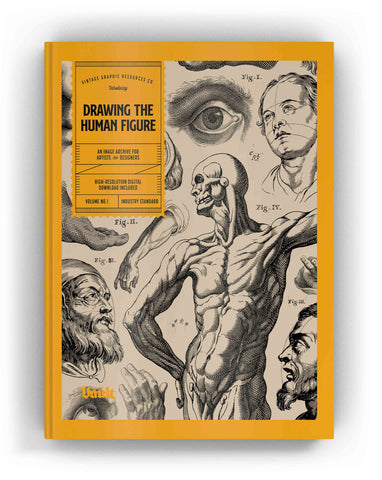
|

